Lateral Line Septic System
Lateral line septic system. Lateral lines are part of the septic system. There are many different types that you can go with. When septic tanks and drain fields are poorly maintained symptoms of lateral line problems will arise creating failures in the system and a loss of system integrity.
DEQ Lateral Line Septic System Regulations A soil test is used to determine which type of septic system your property is best suited. How do you unclog a septic lateral line. The lateral lines of the drainfield are like the arms of the septic system that allow the effluent to be uniformly returned into the surrounding environment.
Also known as lateral lines and leech lines conventional septic systems are often less expensive and more efficient than an aerobic septic system but only with absorbent soil which will be determined by an Oklahoma DEQ soil test. Install each lateral line into the inlet holes in the junction box. With the use of the lateral lines the treated effluent can again be used.
If they are blocked or not working properly then the septic tank effluent has nowhere to go and a system can backup and fail. You do not have to have a soil test if you are installing an aerobic septic system but you are required to get one if you are wanting to install a lateral septic system because we have soil in Oklahoma that lateral lines dont work well. Should bath water go into septic tank.
This flexible hose is inserted into each of the septic tank laterals and high water pressure blasts through clogged debris. Inspect your septic system on a regular basis and pay close attention to symptoms of lateral line problems. Some minor sewer line problems can be solved by snaking but many cannot.
By design these systems are fairly simple. The typical septic system consists of a septic tank to capture solids and a disposal field to handle liquid wastes. The drain field is the last segment of the septic system that handles the purification and dispersion of the treated effluent.
A septic systems main job is to break down wastewater. As you know the lateral lines are part of the drain field or the leach field.
The typical septic system consists of a septic tank to capture solids and a disposal field to handle liquid wastes.
The lateral lines then disperse waste water into the rock bed of the drain-field through perforations in the bottom of the pipe. Read the blog here. Septic tanks work by allowing waste to separate into three layers. 3 Tree Root Pervasion. Early discovery will ensure the most cost effective corrective measure. Septic system flushing involves hazardous human waste. If they are blocked or not working properly then the septic tank effluent has nowhere to go and a system can backup and fail. When septic tanks and drain fields are poorly maintained symptoms of lateral line problems will arise creating failures in the system and a loss of system integrity. Properly functioning lateral lines are an essential element of any septic system.
Early discovery will ensure the most cost effective corrective measure. The lateral lines then disperse waste water into the rock bed of the drain-field through perforations in the bottom of the pipe. Some minor sewer line problems can be solved by snaking but many cannot. Lateral Line Cleaning For when a simple snaking wont work. An additional device you can make use of is a water jet This versatile hose pipe is placed right into each of the septic storage tank laterals as well as high water stress blasts with blocked particles. They are the ones that distribute the treated effluent back into the surrounding environment. Septic tanks work by allowing waste to separate into three layers.
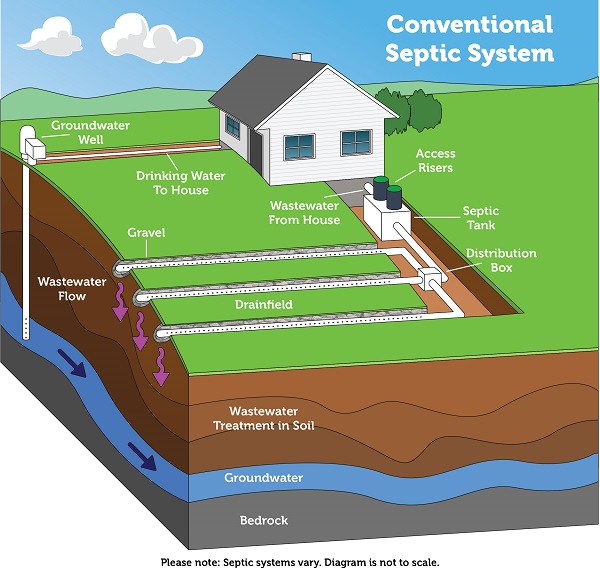


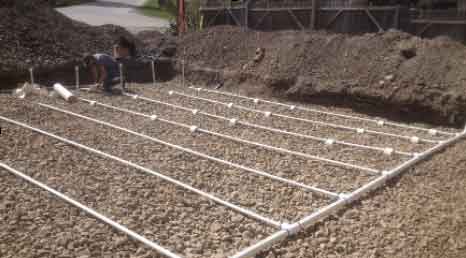

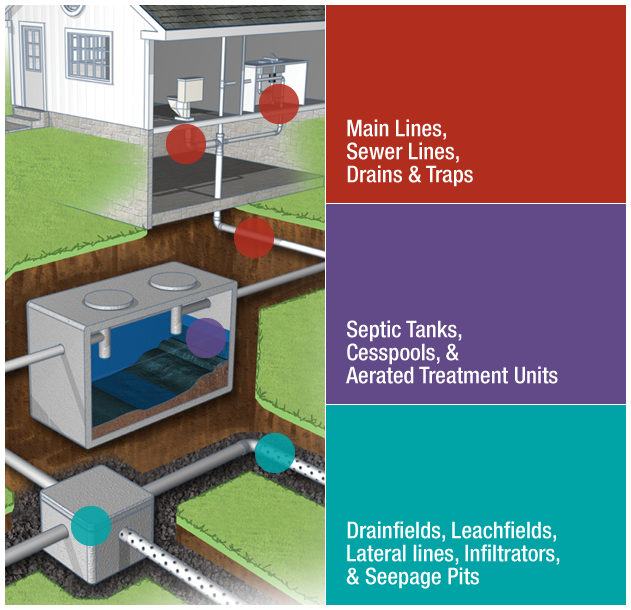


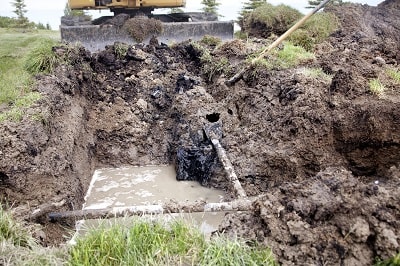


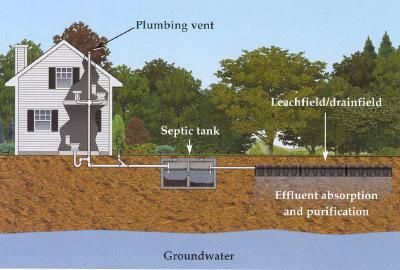

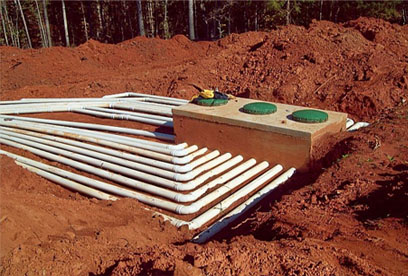

/what-are-leach-lines-and-when-to-replace-5078443-hero-e416fb432ea24c068816e046fb932958.jpg)

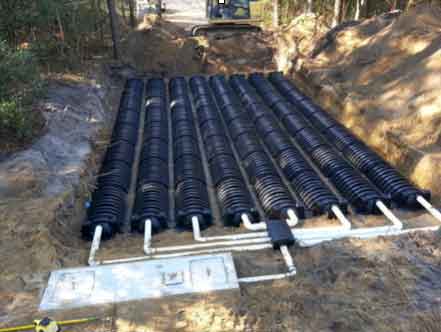
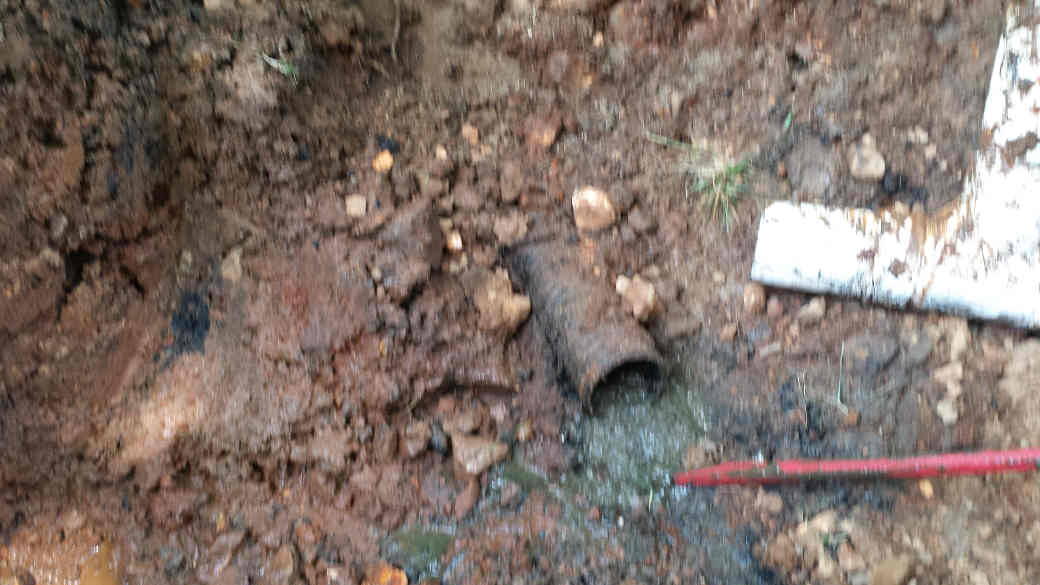

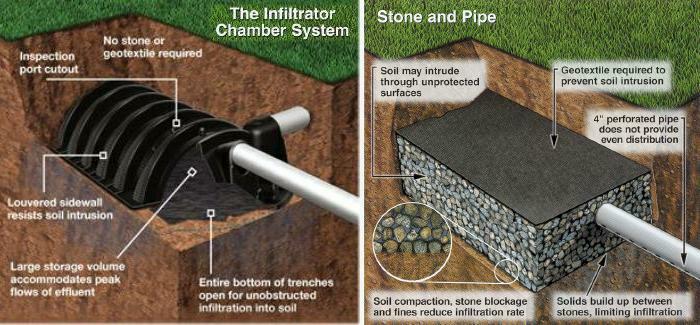
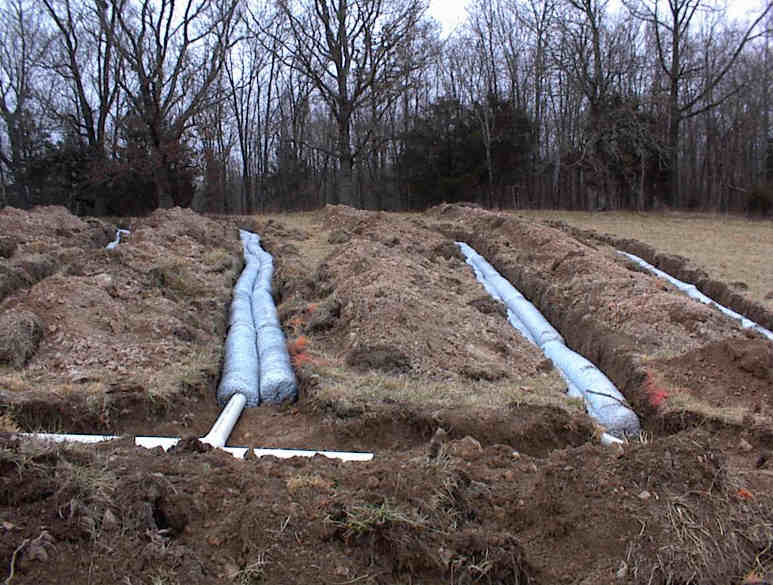



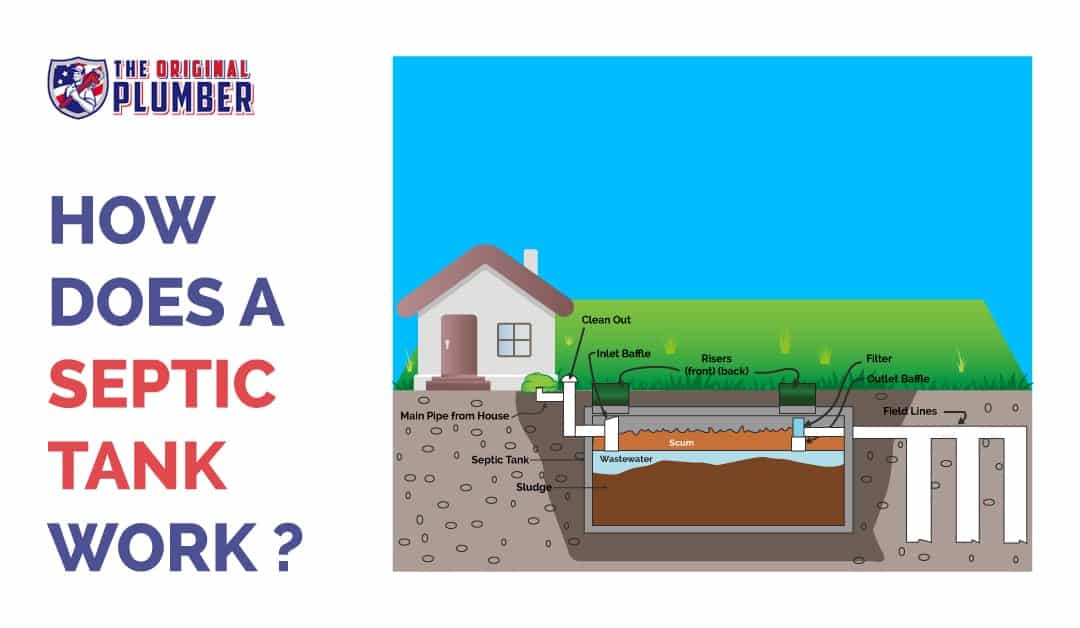
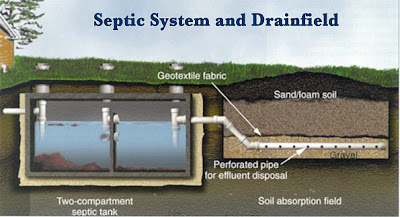

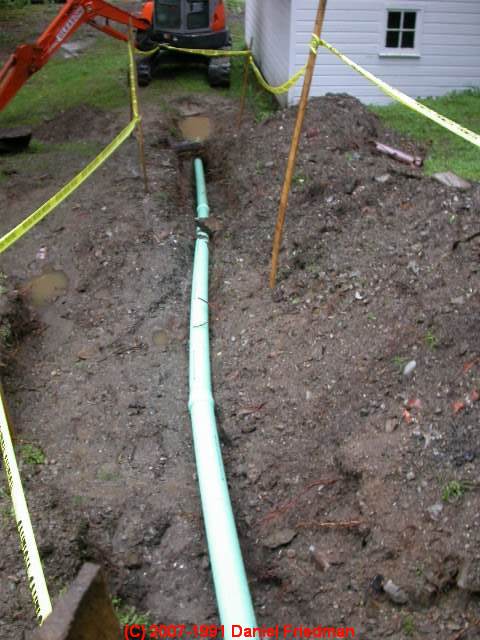
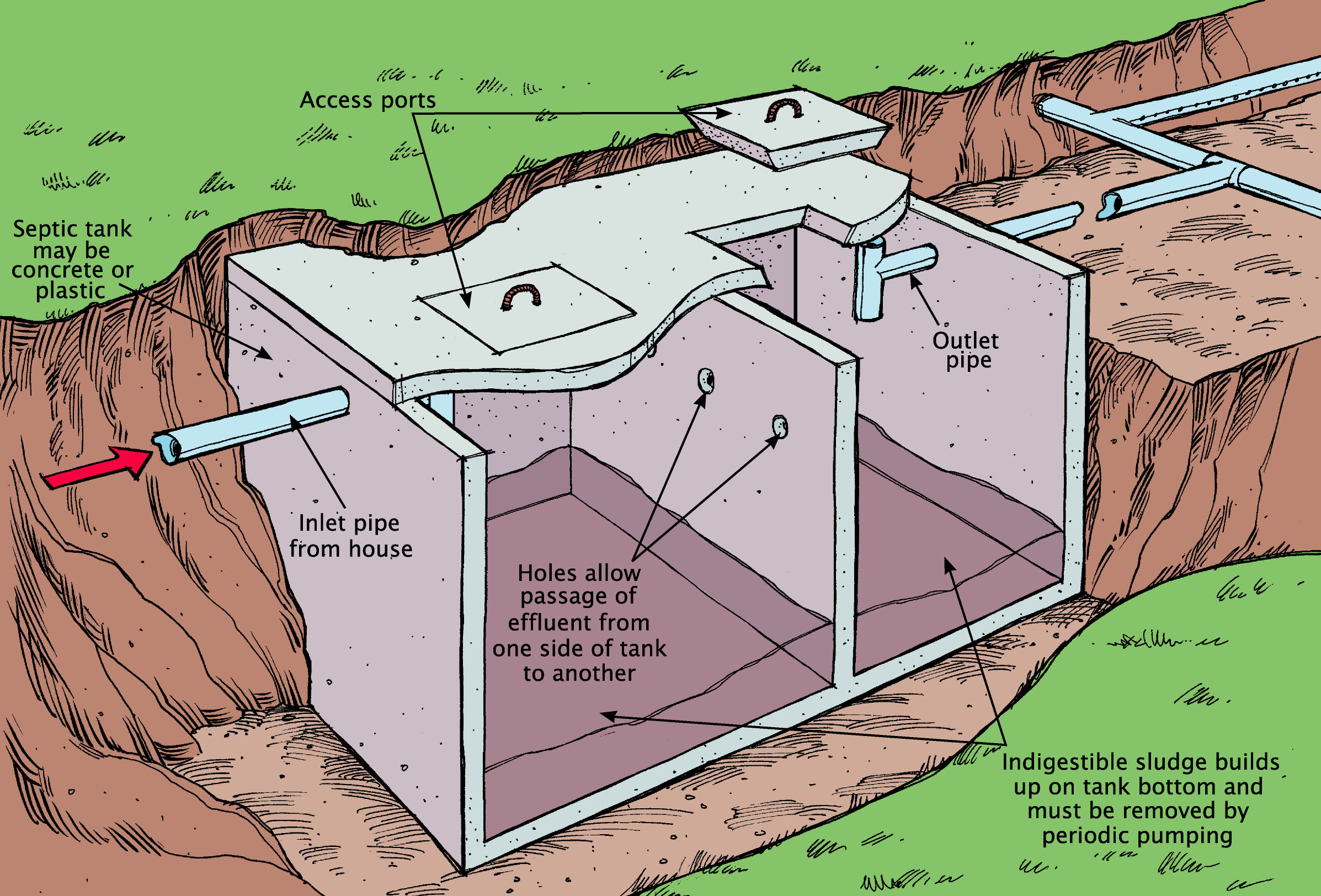

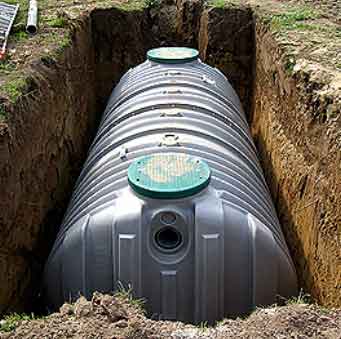
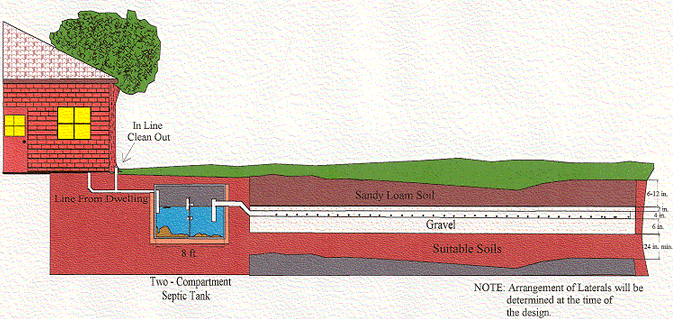
Post a Comment for "Lateral Line Septic System"